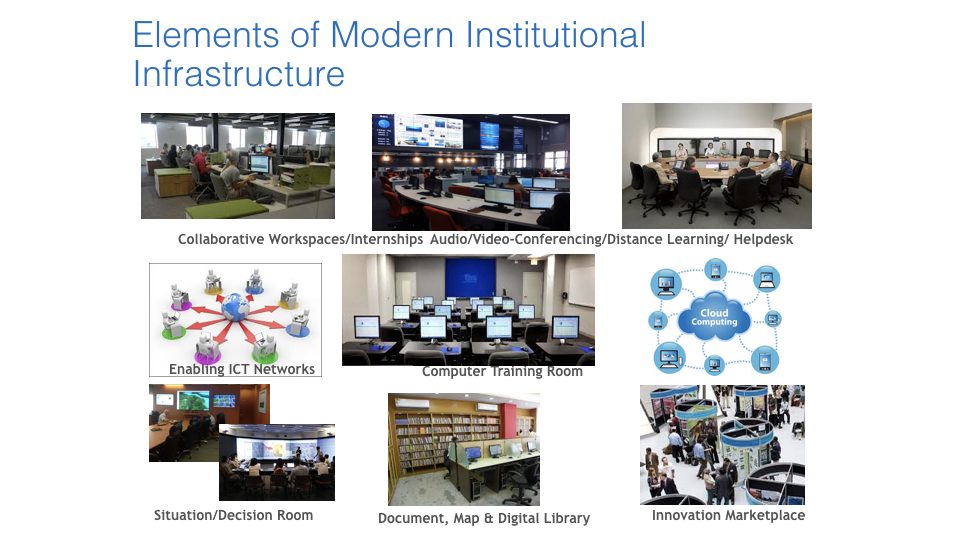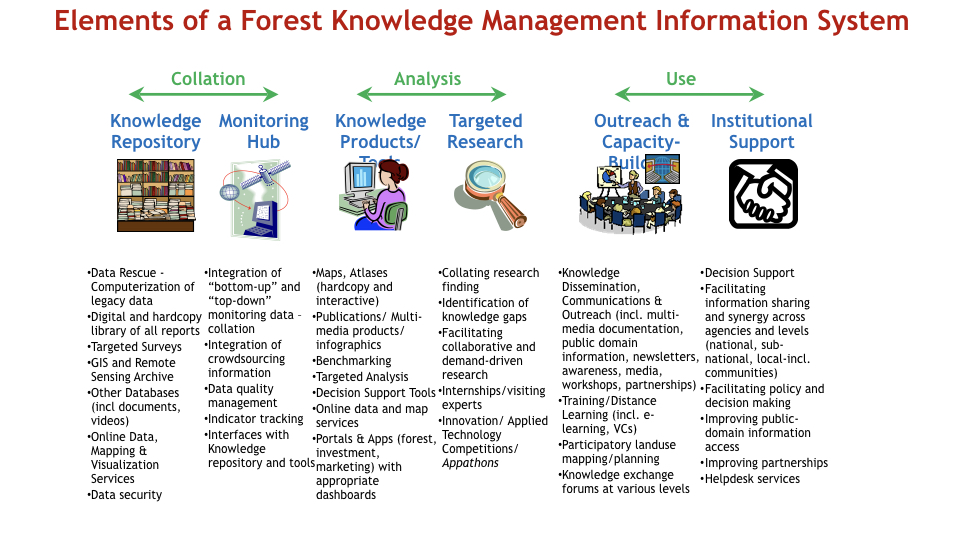
With more than half the global population expressing distrust in government institutions, good governance with capable, efficient, open, inclusive, and accountable institutions has become a high development priority. Poor governance is a major impediment to achieving development outcomes in the forest sector. It results in losses of income, employment, government revenues, and local and global environmental services. In the specific context of REDD, for example, it is widely agreed that without good governance and promotion of legality in the forest sector, REDD schemes have little opportunity to be successful. Although usually it is relatively easy to recognize that the forest sector in a country is failing to deliver all its potential benefits, the lack of an appropriate analytical framework makes it much harder to identify the major shortcomings and to propose a fitting response. The study “Roots for good forest outcomes: An analytical framework for Governance Reforms” carried out by the World Bank in 2009 was a step in creating a reformer’s tool to diagnose forest governance weaknesses and pinpoint appropriate reforms. Improving governance is now being seen as a top priority, and there is a healthy trend among many countries that produce and consume timber and forest products to seek cooperative solutions.
ICT could play a role in improving governance when informed by political economy analysis of the winners and losers of governance change. The increasing role of ICT in Forest Governance has also been explored (e.g. PROFOR’s Forest Governance 2.0: A Primer on ICTs and Governance). Despite these positive trends, much more needs to be done, as improving forest governance is a tough and time-consuming task. Some examples of the latest developments in the use of ICT tools and applications, such as Illegal logging due to poor governance in Indonesia, Cutting edge technology applications for traceability in timber supply chains (e.g. Stardust, Tree tag, SEINEF, Radix Tree, BVRio’s Responsible Timber Exchange, etc), Global Land Analysis and Discovery alert system, online portals, etc., indicate the rapid development of these technologies.
Institutional Infrastructure: A key issue in promoting the use of ICT in forest-related institutions is to ensure that such institutions have adequate institutional infrastructure (e.g. IT equipment, networking, videoconferencing, computer training rooms, etc.) that can facilitate the mainstreaming of ICT tools into their business processes. Given the rapid development of ICT, it is critical that this includes provision for the adequate governance of the ICT infrastructure (e.g. to ensure data security, data integrity, managing viruses and other similar threats, maintenance, updating, etc.) with appropriate staffing and continuous learning and modernization.

Capacity Building/Outreach: A critical element of effective ICT deployment and use is a continuous capacity-building program that can also draw upon ICT advances. These include:
Government-level: The management of forests, say at National or Provincial level could benefit from modernizing through the use of ICT. For example, this could require the development of a Forest Knowledge Management Information System. This could involve incorporation of the following elements:

Community-Level: Forest communities are people who depend on forest lands for their survival. There are about 500 million people across Africa, Asia, and Latin America who depend on forests for their livelihoods, food and employment. They play an important role in protecting the forests and to ensure its sustainability. The forest lands are held collectively by either rural or indigenous communities based on a shared history, language, culture, or lineage and have low levels of income – and some are in extreme poverty and illiterate. Compared to individual private property, most community forest lands are governed by customary rights, rules, and institutions which pre-date most modern governments, and continue to adapt to changing circumstances. (WRI, 2015). Mexico is considered one of the global leaders in community managed forestry – over 80 percent of its forests are under the legal jurisdiction of communities. Through government-recognized tenure and high degree of local decision-making authority, significant progress has been made over the last 30 years in the development of community forest enterprises (CFEs). There are more than 3,000 communities throughout Mexico who have developed forest management plans and, as of June 2011, 23 CFEs held Forest Stewardship Council (FSC) certificates verifying their sustainable forest management practices. Successful CFEs have contributed greatly to local development by generating employment and building community assets. Recent studies have shown that sustainably managed community forests can be more effective than protected areas at conserving forestland, and in the reduction of forest degradation and enhancement of forests. (FAO, 2009).
A transparent legal framework is essential for the development of sustainable forest communities. Mexico is often considered as a good practice where the legal framework has been very conducive to the establishment of community forests. Strengthening of Community-based monitoring using ICT-enabled devices (e.g. to gather forest inventories or assess deforestation) have helped provide valuable ground-based complements to satellite observations and government agency estimates.
Examples of ICT use for Community-level governance:
World Bank - All rights reserved.